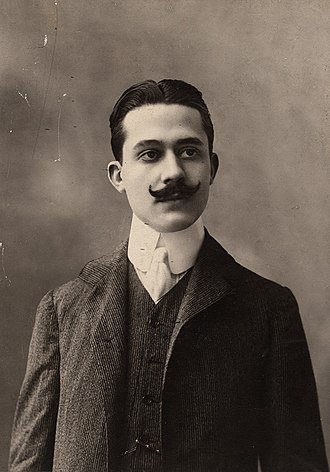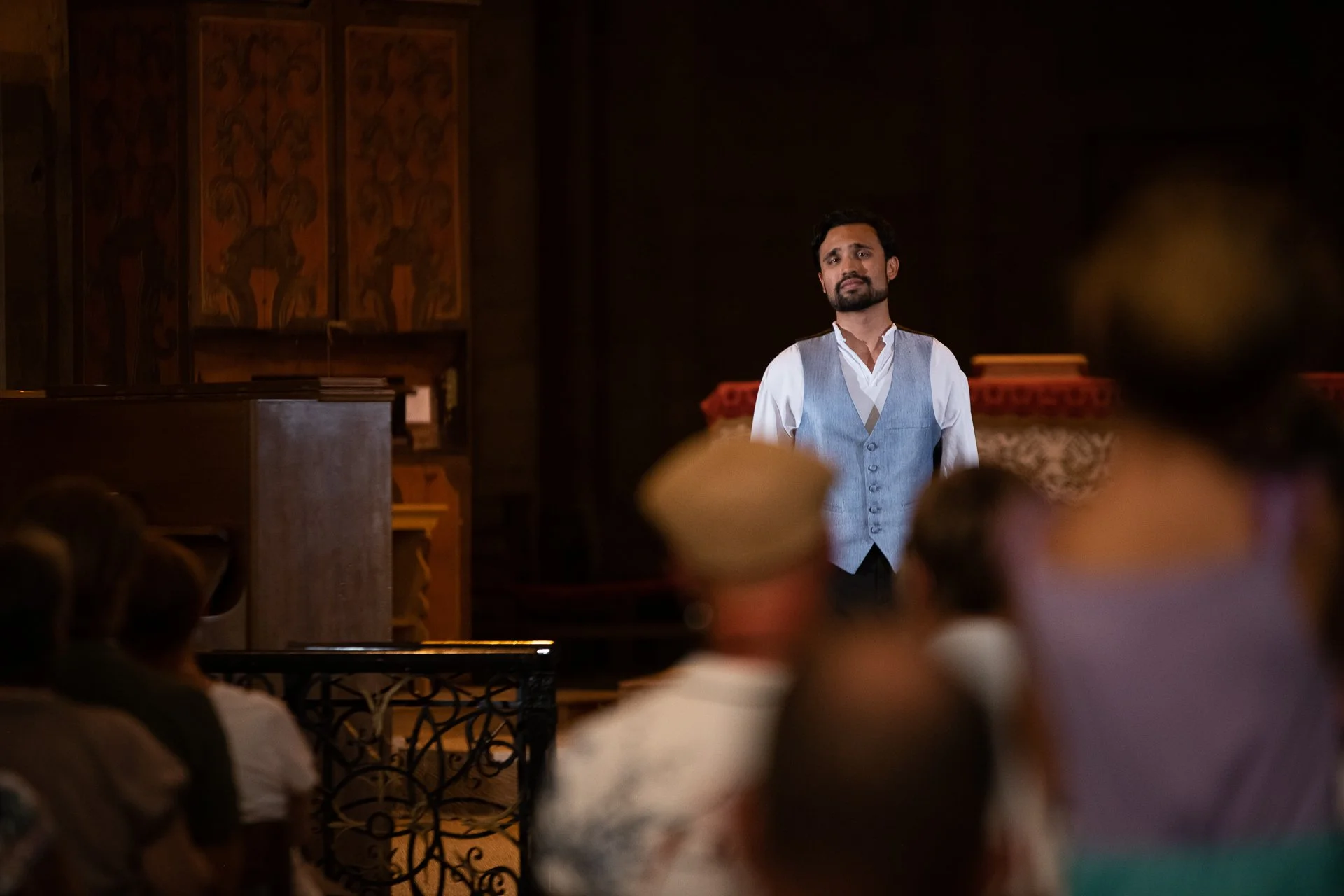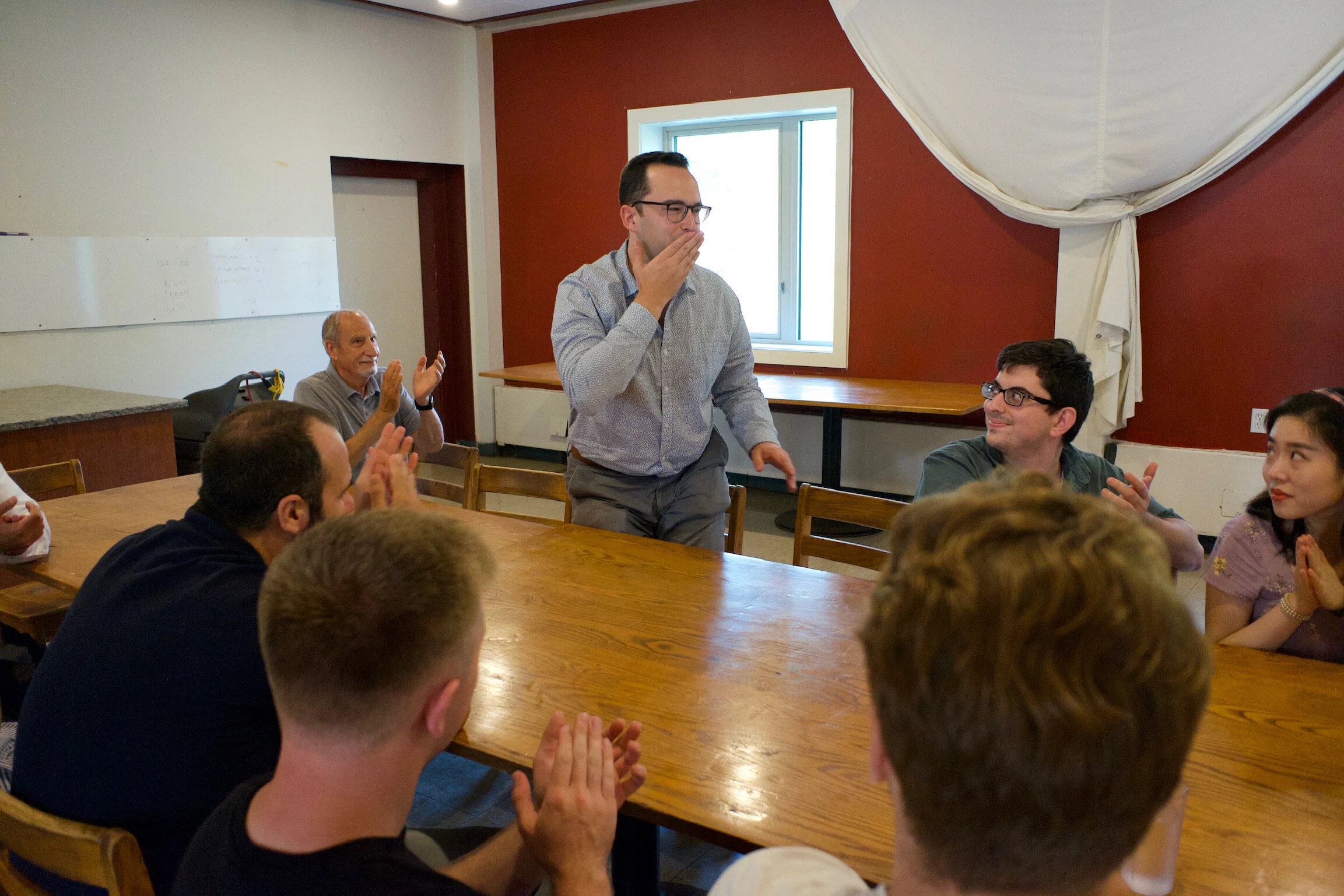L'anno scorso, 2021, dato che con il Covid 19 non si poteva viaggiare in Europa, Glenn Morton, direttore e fondatore del programma Classic Lyric Arts, decise di trasferire il programma italiano da Novafeltria a New Lebanon, New York. John Viscardi, recentemente nominato Executive Director della CLA e laureato dell’Accademia delle Arti vocali in Filadelfia dove io insegno italiano e dizione, mi propose di fare una intervista con Glenn via Zoom. Dopo l’intervista Glenn mi diede i dettagli del programma e così comincio’ la mia avventura con CLA. Nel primo programma ebbi l’opportunita’ di conoscere e lavorare con insegnanti di altissimo livello, come Stefano Sarzani, pianista e direttore d’orchestra; Raphael Fusco, pianista, compositore e maestro della pasta fatta in casa, Michael Sheetz, pianista e maestro di coro, Glenn Morton, pianista, insegnante e amante della lingua italiana.
Poi ci sono gli studenti... di diverse nazionalita’ ed eta’, guidati da una meta comune: raggiungere il piu’ alto livello possibile nel comunicare ed esprimere con la loro voce il testo e la musica del compositore e librettista, con nitore di pronuncia, senza gigionate e esagerazioni, ma con buon gusto e signorilita’. L’amore e la passione per l’opera, per comunicare con la voce i loro intimi sentimenti, porta questi studenti ad un livello da loro impensato ed incita gli insegnanti a domandare ancora di piu’.
Quest’ anno, con l’introduzione di un nuovo programma, CLA Berkshires, ho avuto l’opportunita’ di rispolverare i tre capolavori di Mozart-Da Ponte: Così fan tutte, Don Giovanni e Le nozze di figaro, insieme all’Idomeneo e La clemenza di Tito. Due settimane in questo ambiente familiare ma di intenso studio hanno favorito l’entusiasmo e il desiderio di imparare di piu’ e trovare gioia nello svolgimento e realizzazione del compito. Grazie Glenn e a tutti i miei colleghi, Stefano Sarzani, Daniel Isengart, ma sopratutto, grazie a voi, studenti cosi’ volenterosi e dedicati e pronti a dare una nuova vita a questa stupenda arte chiamata OPERA.
Last year, 2021, since traveling in Europe was not possible due to Covid-19, Glenn Morton, Founder and Artistic Director of Classic Lyric Arts, decided, with his collaborators, to move the Italian program from Novafeltria, Italy, to New Lebanon, New York. John Viscardi, recently named Executive Director of the program and a graduate of the Academy of Vocal Arts in Philadelphia, where I am the Italian instructor, contacted me and asked me to have an interview via zoom with Glenn. After the interview, Glenn gave me the details of the program, and so my adventure with CLA started. In the first year, I had the opportunity to meet and work with highly skilled and passionate teachers, including Stefano Sarzani, pianist and orchestra conductor; Raphael Fusco, pianist, composer and master pasta maker, Michael Sheetz, pianist and choir director, and Glenn Morton, pianist, educator and lover of the Italian language.
Then, there are the students…different nationalities, different ages, driven by a common goal: to reach the highest level possible to communicate and express with their voices the text and the music of the composer and the librettist, with clean pronunciation, without exaggeration but with taste and artistry. The love and the passion for opera, to communicate with their voices their most intimate feelings, takes these students to a much higher level of professionalism, and motivates the teachers to demand even more from them.
This year, with the introduction of a new program, CLA Berkshires, l had the opportunity to revisit the three of Mozart and Da Ponte’s masterpieces: Così fan tutte, Don Giovanni and Le nozze di Figaro, together with Idomeneo and La clemenza di Tito. Two weeks in this friendly environment of intense study, have encouraged and promoted the enthusiasm and desire to learn more and find joy in the process. Thanks to Glenn and all my colleagues, Stefano Sarzani, Daniel Isengart, but, most of all, thanks to you, dear students, who are so willing and full of desire and ready to give new life to this stupendous art form called OPERA.



















